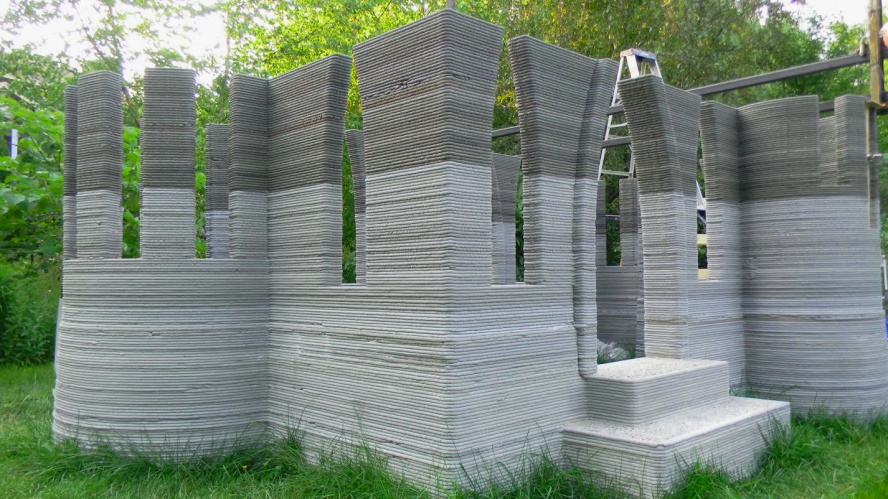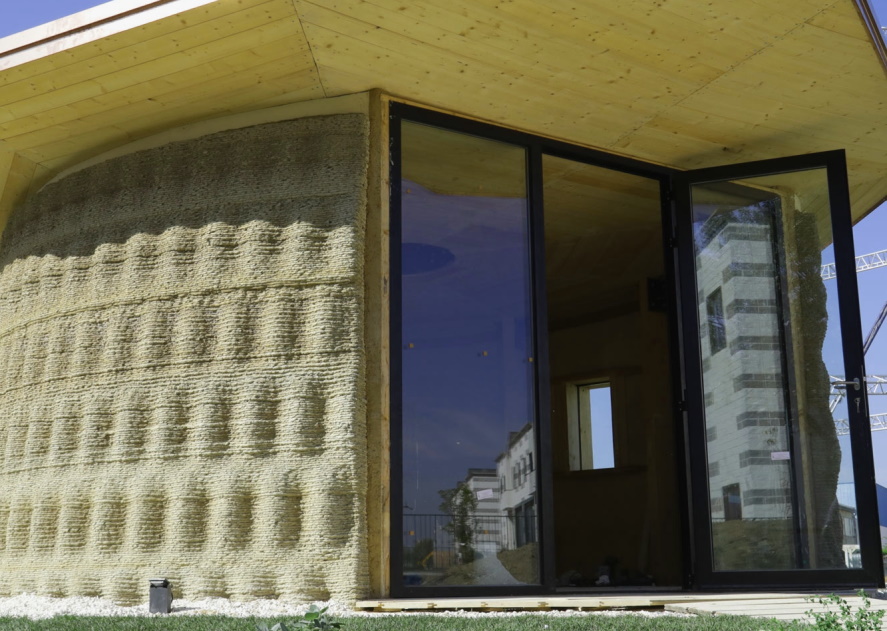Printing houses provide real expense, speed and waste benefits. They have the capacity of resolving the housing crisis with budget friendly housing, combating natural catastrophes with instant shelter, and enhancing the construction market with more effective job websites.
The construction market faces also serious difficulties with efficiency and waste. With the capability to quickly and exactly complete walls, 3D printing can save resources while optimizing making use of personnel for more hands-on procedures, like utilizing forklifts to construct the roof and by hand putting in windows.
Question arises till when 3d printed houses last.
The advancements in 3D printed houses show that low-priced housing can be cost effective, comfy, and even classy. The possibilities are real for the countless people worldwide who fight with fundamental housing.
For any business, expenses are necessary and among the benefits of 3D printing are that it will assist to bring expenses down. The expenses are divided into 3 different classifications referred to as Machine Operation Expenses, Labor Expenses and Product Expenses.
Machine expenses
Machine operation expenses play an extremely small part in the total expense of the production procedure.
While the energy needed to develop parts in a commercial environment can prove to be high, the capability to develop and develop intricate parts and items in one action develops an increased level of effectiveness and saves money on time.
The expense of running the makers is balanced out by the savings made throughout the production procedure.
Labor expenses
Among the assets of 3D printing is the fact that labor expenses are kept low. Unlike conventional production where several people may be needed to run a number of makers or an assembly line is needed to piece together the item, 3D printing eliminates this.
Each 3D printer will need an operator to begin the machine before it starts an automatic procedure of developing the uploaded design.
The labor expenses are considerably lower as there is no requirement for knowledgeable machinists or operators to form part of the procedure. Thus it reduces the time for 3d printed houses.
Difficulties
As appealing as the technology is, 3D printing is still in its infancy. Buildings are complicated structures that adapt to our living routines and offer shelter in all type of scenarios.
Printed houses follow a set design, implying it is less versatile to change or enhance the design throughout construction.
While concrete is effective, the technology is still being fine-tuned and not yet efficient in producing smooth and ideal surface areas.
New Trends
Regardless of its drawbacks, 3D printed technology continues to go through developments to end up being a viable, long-lasting housing option.
Companies are testing numerous printers on website to much better carry out projects, while try out new approaches and products blends such as red wine and bioplastics.






